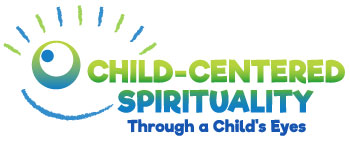 “Sacrifice focuses on a goal. Deprivation focuses on poor me. Sacrifice lifts my head and lets me see the big picture. Deprivation turns my eyes inward so I see nothing but myself.” (Mary Hunt)
“Sacrifice focuses on a goal. Deprivation focuses on poor me. Sacrifice lifts my head and lets me see the big picture. Deprivation turns my eyes inward so I see nothing but myself.” (Mary Hunt)
A reader in our blog community passed these thoughts along with a note: “If only this wisdom could be given to kids.”
Yes, but– for starters, sacrifice is giving up something valuable to me.
Human beings don’t do this easily.
For another thing, sacrifice costs me something.
Money, time, what I want when I want it. If it doesn’t cost us, how can it be a sacrifice? But isn’t there a reward in sacrifice?
The reward is perhaps the best way to introduce children to the concept of sacrifice.
I’ve taken kids to a shelter for women and children where they saw who was receiving their donations of clothing and toys… and these donations were not entirely their castoffs, but items we had chosen and purchased. The children had a lot to say on the way home as they processed their experience. Their spirits lifted when they saw that they had done something good. Maybe a little serotonin dropping into their circulatory system helps? I want them to know the good feeling they get after making the choice to bless someone else. Some children will decide they want to feel it again– and that it’s worth the sacrificed involved. My goal was to show them that sacrifice can produce a good feeling equal to the feeling they get when their own wishes have come true.
 Show them the greater good.
Show them the greater good.
Whatever children give up is generally only temporary. They will get more of it–sometimes sooner, sometimes later. To focus on the negative – the act of depriving oneself – doesn’t work well in almost any avenue of life. Better to pivot toward the positive – the achievement of something far more worthy than whatever valuable possession or enjoyment they gave up.
Tweetable: When a child sacrifices something valuable to him, in order to make life better for someone else, we can point out the rewards. Here are some ways to do that. Click to Tweet
